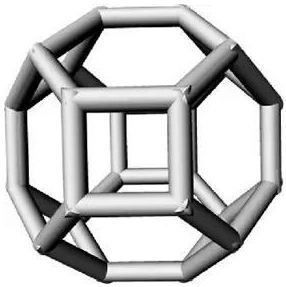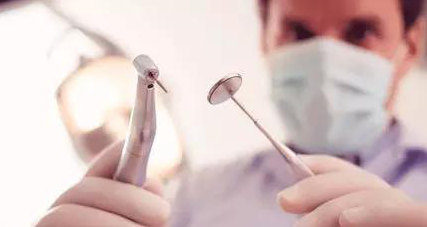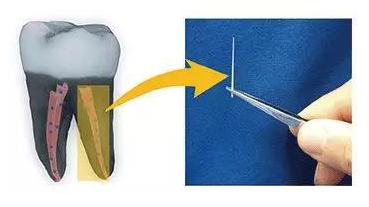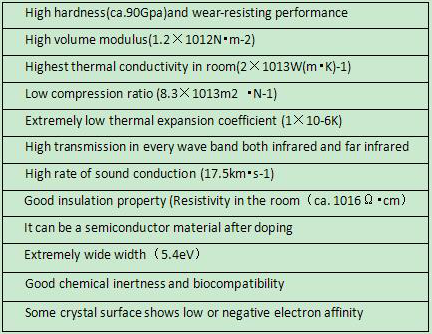Company tel:+86-379-63184520
Contact number:+86-15937921751
Postcode:471000
Email:info@yuxindiamond.com
Address:3-1-508 Luoyang National University Science Park, No. 2 Penglai Road, Jianxi District, Luoyang, China 471000
A Better Tooth Filling——Nanadiamond
Nanodiamonds are tiny, organized carbon structures. Here’s what a nanodiamond looks like at the atomic level. Because their many surfaces can bind to a wide range of molecules, these nanoparticles are used in drug therapies — and now in novel dental fillers.

As Ho learned, infections can be a big and painful problem for root-canal patients. Even after the dentist fills an infected tooth, the seal won’t be perfect. Often it will have little holes. These can allow bacteria to creep in.
Dr. Dean Ho is currently a Professor in the Division of Oral Biology and Medicine, the Division of Advanced Prosthodontics, and Co-Director of the Weintraub Center for Reconstructive Biotechnology at the UCLA School of Dentistry. At his dentist’s office, Ho had another idea. How about using nanodiamonds to make a better root-canal filler?

Like ordinary diamonds, nanodiamonds are very hard. They can strengthen materials to which they are added. They also are great at latching onto chemicals, including bacteria-killing drugs. These medicines, called antibiotics, can shut down infections. Adding drug-carrying nanodiamonds to the existing filler material could make root-canal treatments more reliable. At the same time, Ho thought, they might keep teeth from getting re-infected.
Back in the lab, he and his coworkers got to work designing this new filler. They compared it to the usual material. For this work, they used teeth that dentists had already extracted from people’s mouths. To fill an infected tooth, dentists need something that’s squishy while it’s being applied, but tough once it hardens. The nanodiamond material looked promising. And lab tests proved it stronger than conventional fillers. Best yet, this new material indeed can fight infections. When the researchers spread bacteria onto the two different surfaces, far more bacteria died on the new filler than on the conventional one.

“If the bugs make contact [with the filler], the drug will get them,” Ho says. His team first described this filling material a little more than two years ago in the journal ACS Nano. So far they’ve tried the new filler in three people who needed root canals. When checked six months later, the new material was holding up well and the patients had no further tooth decay.
Diamond, as one of the most special materials in natural world, is featured with the highest hardness, low friction coefficient, high elasticity modulus, high thermal conductivity, high insulation class, wide energy gap, great sound propagation rate and favorable chemical stability, which are presented in below Table. In spite of such unique features, the natural diamond has always been existed in the form of gem, with its variability and rareness sharply limiting its application. Luoyang Yuxin Diamond Co., Ltd‘s CVD Diamond film, on the other hand, integrates such physical and chemical properties, with lower cost than natural diamond and applicable to be made into various shapes, thus enjoying extensive application prospect in electronic industry, optical field and mechanical industry.








